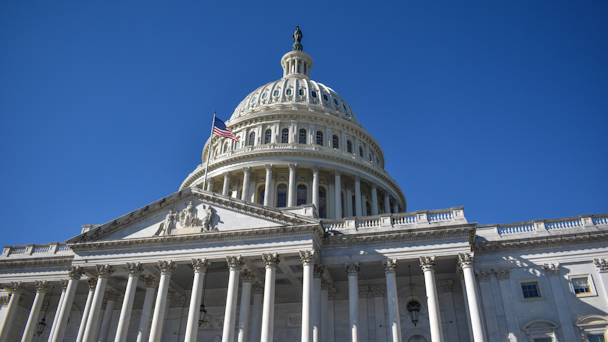Sam Altman’s testimony: navigating the PR playbook in the soon-to-be-regulated AI industry
OpenAI’s chief executive Sam Altman is testifying before lawmakers today, demanding regulations on artificial intelligence. Crenshaw Communications’ Chris Harihar explains the three steps that Altman is likely to follow.

Sam Altman is following a tried-and-true PR playbook, argues Chris Harihar / Adobe Stock
OpenAI’s Sam Altman is taking center stage today as he testifies to Congress advocating for AI regulations.
The move doesn’t come as a shock for PR professionals who’ve worked in industries standing on the precipice of regulation, whether it be e-cigarettes, data privacy, cybersecurity or adtech. Having navigated the communications landscape for these sectors, I can attest to the careful choreography involved.
Altman’s move to endorse regulation suggests he‘s following a dance that companies in soon-to-be-regulated industries often perform. Here’s the PR playbook he’s likely to follow.
Advertisement
1. The first step is to openly accept and endorse the inevitability of federal regulation.
It's a tactical approach, demonstrating a proactive stance rather than a reactive one. This is key to ensuring that you are part of shaping the dialogue and future norms, instead of being left on the sidelines. It also sends a subtle message to state regulators, giving them pause before pushing their own rules.
Take, for example, Meta’s Mark Zuckerberg. He did the same thing. In 2019, he wrote an op-ed saying, “I believe we need new regulation" and called for “a more active role for governments and regulators.” This is done for a reason. Altman is following the same strategy.
Advertisement
2. The second step in this intricate dance is to advocate for ‘common sense,’ evidence-based regulation.
By championing such a stance, companies can provide their own data and insights, aiding in the creation of regulations that are grounded in practical realities rather than being purely theoretical or political. This not only helps in framing an agreeable narrative but also allows companies to subtly steer the direction of impending regulations.
The e-cigarette industry is a good parallel that famously pushed for ‘common sense’ rules to limit overreach from lawmakers, which largely worked. Doing so allowed the industry to offer up its own research and experts to shape the debate.
Suggested newsletters for you
3. The third, and perhaps most crucial step, is to underline the importance of customer choice and access.
The argument here is that no regulation should obstruct these elements. Instead, there should be a focus on creating adaptable, flexible rules that cater to the ever-evolving needs and expectations of consumers. This angle helps to paint a picture of the tech industry as one that values the freedoms and choices of its customers, allowing it to operate more freely within the bounds of the new regulation.
This is a familiar PR tactic deployed across numerous industries – from big tech and automotive to credit cards. It's notably effective because it positions regulations as constraining consumer choice which is really a veiled reference to innovation or competition.
In conclusion, it’s a safe bet that Altman and the broader AI sector will stick to this PR playbook. It‘s a tried and tested strategy that many industries have used to navigate the complex road to regulation. The goal will be to strike a balance between seeming to protect societal interests while ensuring the AI industry can continue to innovate.
The use of the word ‘seeming’ here is deliberate, and it’s a crucial point to consider. I don’t think it’s surprising that industries on the cusp of regulation often prioritize their freedom to innovate above all else. While societal interests are important, they are secondary to the industry's desire to push the boundaries of what's possible. And as we watch the AI sector grapple with impending regulation, it will be interesting to see how this dance unfolds.
Chris Harihar is a partner at Crenshaw Communications. He recently published an op-ed in The Drum about the fallout of Bud Light’s campaign with a trans influencer. Sign up for The Drum’s daily US newsletter.

